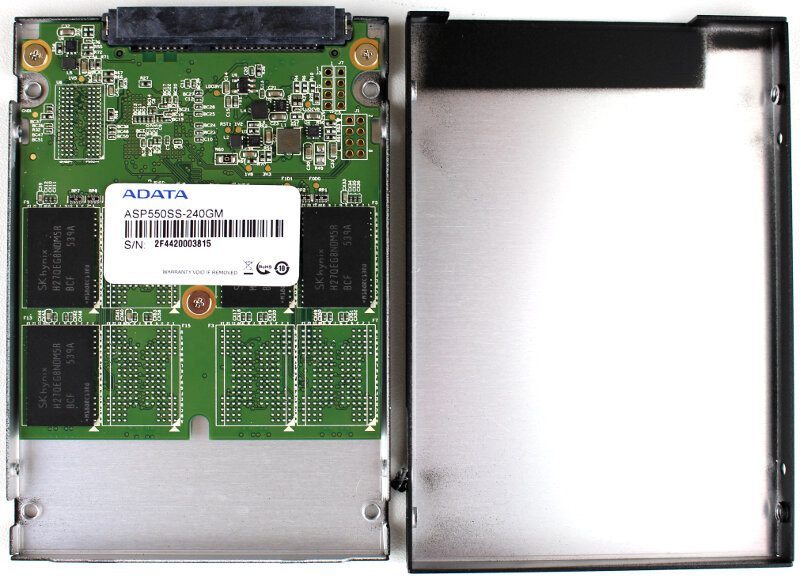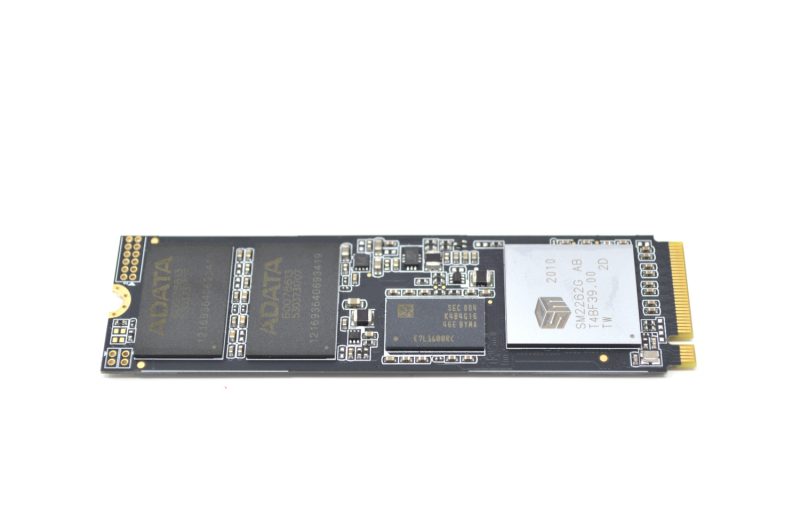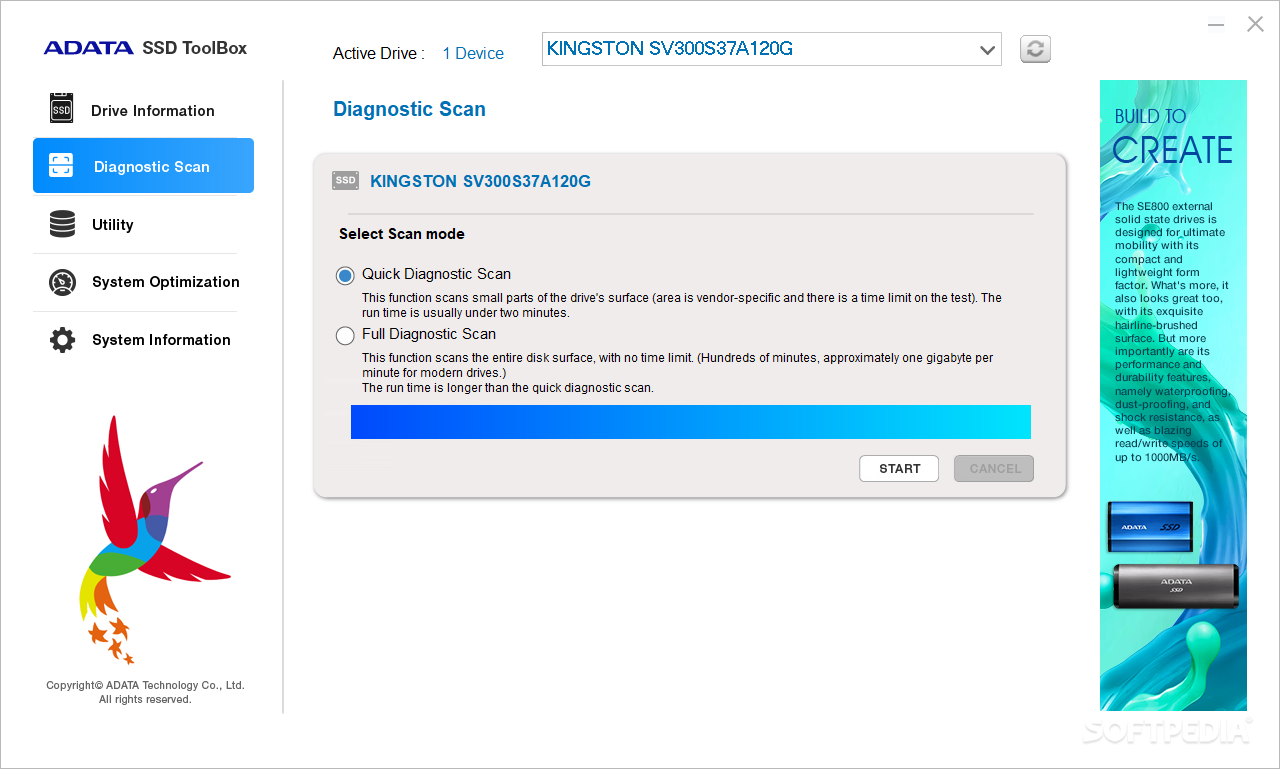
Plug your SATA hard disk drive or SSD directly into the combined SATA connector on the adapter. Having prepared a USB to SATA adapter, and, if necessary, an additional power adapter, you may start connecting your drive.Īttach your SATA drive to the USB to SATA adapter. Connecting SATA drives via a USB to SATA adapter step by step

Its sides must remain ventilated, thus, you may want to use a USB-powered fan or some other cooling appliance.

The storage medium should be placed strictly horizontally and on a flat surface. These devices are quite easy to break, so precautions must be taken that the drive doesn’t get damaged in the process. 3. USB to SATA adapter with an included power adapter.Īnother important issue is proper handling of the drive. Some manufacturers may even include the power adapter into the kit. That is why they have to be connected to an external power supply, like an AC/DC power adapter.įor this to be possible, the USB to SATA adapter has to be equipped with an additional 12 V input port for power in which you can plug the AC/DC power adapter cable. The 3.5-inch hard drives intended for desktop PCs require more electricity. A more compact 2.5-inch laptop version consumes less and can be powered solely by a USB port. Its amount depends on the size of the drive. Only some USB 3.0 and higher variants do work with drives up to 6 TB, this information should be available in their specifications.Īll SATA hard drives need electrical power to spin. Most of them do not support drives whose capacity exceeds 2 TB. Yet, it must be noted that, besides the speed, they have some other limitations. Such adapters are relatively inexpensive, and it is possible to find USB 3.0 and higher options. Its USB side is plugged into the computer’s USB port, and the SATA side is attached to the drive. The communication between these two interfaces can be achieved via a special USB to SATA adapter. What should be prepared for the procedure? Any of these obstacles can be easily avoided by turning this SATA drive into an external device plugged into a USB port instead of the motherboard. This method is also not viable for laptops, as they are slightly more difficult to disassemble compared to desktops and have physical space constrains. The computer may also be short of available SATA ports, since a typical motherboard can host about 4-6 of them. However, one may not want to open its tower because of the warranty. Yet, in some situations, the drives should be taken out of the computer, for example, due to a serious risk to overwrite the lost files, severe OS crash, faulty hardware or other technical limitations.Īdmittedly, when removed from the original device, a SATA hard drive can be likewise relocated to an internal SATA slot of another computer. Thus, it is generally preferred for data recovery as well. This kind of setup is optimal and provides the highest transfer rates. The first "data" cable plugs the storage medium into the motherboard, while the second "power" cable – into the system’s power supply unit. It is represented by a smaller L-shaped connector with a flat thin cable that serves for data transmission and a slightly wider L-shaped connector used to power the drive via a 5-wire cord. SATA remains the most common connection standard for internal hard drives found in desktop computers, laptops, servers, and some other devices.

When is it required to connect a SATA drive via an adapter? Connecting SATA drives via a USB to SATA/IDE adapter step by step.What should be prepared for the procedure?.When is it required to connect a SATA drive via an adapter?.


 0 kommentar(er)
0 kommentar(er)
